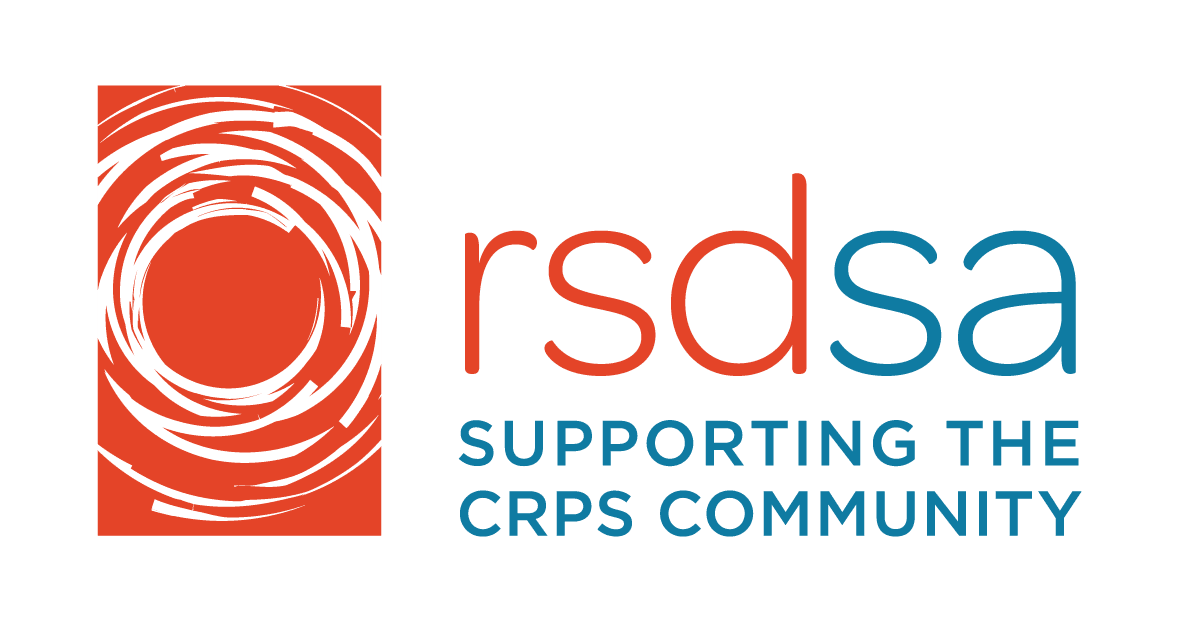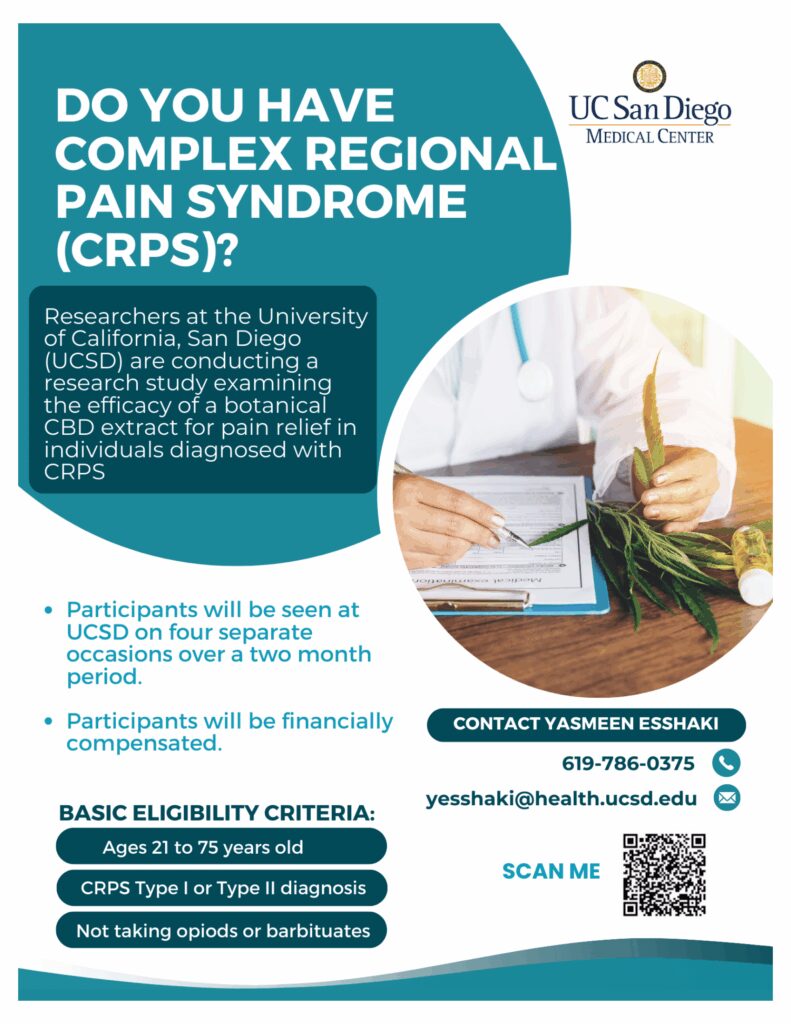Written by Patty S. for the RSDSA blog.
This past April, I celebrated my 30th year of having CRPS and only having the diagnosis 28 years. Where does the time go when one is having so much fun?
In 1993, I was the middle car in a three-car accident. I hurt my neck and back. It took a long time to get better. Yet something strange happened to my right arm – it would swell up, turn red, and burn, then change to blue, feel cold, and still burn. I saw 20 doctors over two years, and nobody could figure it out. They finally said I might have Reflex Sympathetic Dystrophy (RSD), now called Complex Regional Pain Syndrome (CRPS), a rare illness with no cure. They told me to get used to the pain, because I would have to live with it forever.
I went to a psychologist for psychological testing. He knew about CRPS and suggested I see Dr. Kirkpatrick in Tampa. By the time I saw Dr. Kirkpatrick, my right arm was so sensitive I couldn’t touch it, and each finger was almost three inches wide. Dr. Kirkpatrick had a plan to help me get better. He gave me 50 articles to read about CRPS.
The doctor’s treatment plan started with six blocks on my ganglionic nerves twice a week. It worked, and I got a confirmed diagnosis of CRPS with some hope. I had many more rounds of blocks, and I even had surgery to remove part of my sympathetic nerves. I thought I was cured and went back to work part-time. But every six months, I had to get more blocks because the pain came back.
In the following five years, I had two more car accidents, and the CRPS spread to my left foot, hip, face, head, and whole left arm. I had almost 100 blocks in a year, plus many other treatments like hypnosis, TENS unit therapy, water therapy, physical thearpy, and more. I even tried something called the “burnout method” that hurt so bad it made me pass out, but it didn’t work.
In 2008, my right arm and left leg got much colder than the other side. More blocks and ketamine were added, and I learned how to do biofeedback. But my regular doctor couldn’t help anymore, and in 2010, new doctors said I needed on disability. That’s when I lost hope, lost friends, and couldn’t go to the beach. I had ketamine infusions, more blocks, and “The Suicide Disease” took over. I lost hope yet had to be the caregiver of the family.
By September 2022, I had reached my end. I felt isolated. Stiffness and swelling made me fall and suicide was all I thought about. I lost all hope. I hadn’t smiled or laughed for years.
Then I was asked to try out a program called Override, in March 2023. One of the pain coaches, Brenda, called me and told me about Override’s virtual Comprehensive Pain Program that might help. It involved seeing a team of pain specialists including a pain physician, psychologist, physical therapist and health coach that all actually worked together on the same team. They would also teach me about pain science and how to take control of my pain. And I could participate from home since the treatment was all virtual.
I was very skeptical and thought it wouldn’t work, but I decided to give it a try and postpone suicide for six months.
I listened, practiced, and learned a lot about managing pain with Override’s team. Three months into it, I still had bad pain days, but within 40 minutes without any pain medication, I could reduce my pain from a 10 to a 5 using a technique Override taught me called deep breathing and visualization. That was faster than a pill would work! I was even able to sleep more than 25 hours a week.
Four months into Override’s program, I could stop any suicidal thoughts and started having a little hope. After 30 years of pain, I learned to accept it. I had a little control, felt calmer, and could smile. In five months, I could smile more, manage pain better, and my self-esteem went up. I could laugh without it hurting, and I could reduce pain in 27 minutes. I had hope and could achieve my goals.
Since completing my program at Override after nine months of treatment, I have peace and joy five out of seven days a week. It’s not perfect, but it’s pretty unbelievable compared to where I was.
I recently ate out at a restaurant, went to church and sat through services, and attended a prayer group. I haven’t done these things in 18 months. Now that I’m getting out, I can talk to someone other than my dog, and he’s grateful!
Just months ago, I didn’t think I had any purpose in life except to suffer. Now, I’m planning to volunteer with an organization starting March 2024. I have hope that I can be a light in the darkness, and I know I have a future thanks to Override. I am getting better at the tools, yet would still like a cure.
Learn more about Override via their website and our June 2023 livestream.
Please consider supporting RSDSA with a monthly gift.


